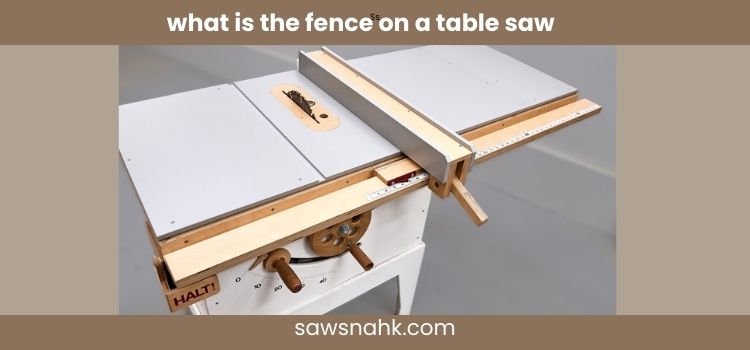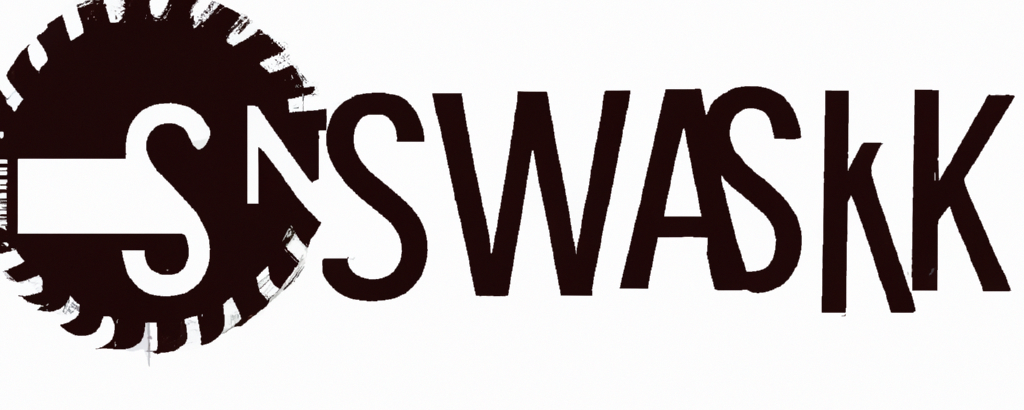What Is The Fence On A Table Saw?

A table saw is an important tool in the woodworking industry. It’s known for its accuracy and versatility. The fence is a straight, long piece of metal running parallel to the blade that’s essential to the table saw’s function. The fence is a guide that ensures precise cuts. It also provides a safety feature to prevent kickbacks.
Understanding the role of the fence
Table saw fences are crucial in guiding the workpiece accurately when cutting. The fence runs parallel to saw blades and can be set at different positions along the length of the table saw to accommodate cuts of any size. The risk of a kickback and pinching the saw blade is greatly reduced by pressing the workpiece against the fence.
Safety at the Fence
The fence on a Table Saw is no different. Safety is always the priority when using power tools. It is important to keep the workpiece firmly against the fence during cutting. This will reduce the chance of injury and kickbacks by preventing accidental contact between the blade and the workpiece.
Checking Fence Squareness
It is important to check that the fence and the blade are square before each use. To do this, measure the distance between the fence blade and two points on the fence. Adjustments are required if the measurements do not match. A square wall ensures accurate cutting and increases overall safety.
Use the fence on a table saw.
Follow these tips to maximize the fence of your tablesaw.
Securing Workpiece to Fence:
Keep the workpiece firmly pressed against the fence while cutting. This will help you maintain control of the material, and avoid dangerous kickbacks.
Check and Adjust the Fence to Ensure Squareness:
Regularly adjust the fence so that it is parallel to the blade. A square alignment improves safety and accuracy.
Use additional safety tools:
In addition to the fence, use a feather board or push stick to guide the piece through the blade while keeping your hands away from the blade.
Avoid cutting multiple pieces simultaneously:
Never cut more than one piece of material at a time. Cutting only one piece at a given time allows for greater control and reduces the chance of an accident.
You have many ways to use a fence on a table saw but be Aware of Your Surroundings. Before you begin the cut, make sure there are no obstacles or people in your path.
Table Saw Fences: The Features That Make It a Quality Product
It is important to have a well-designed fence that is properly adjusted for your table saw operation. Consider these key features:
Sturdy material:
The fence must be made of a durable material that will remain rigid under pressure. It will guide the workpiece effectively without bending or flexing.
The table saw is more versatile with an adjustable fence for different width cuts.
Easy Locking System:
The fence must be equipped with an easy locking system to firmly hold it in place once the desired position is set. This prevents unwanted movement when cutting.
Parallel Alignment:
Ensure the fence is parallel to the saw’s blade for consistent and accurate cutting.
Conclusion:
Table saw fences are a crucial component for woodworking safety and precision. You can maximize the potential of your fence by understanding its purpose, following safety guidelines and using safety tools. Consider investing in a fence that is safe and performs well. A properly maintained and used fence will make your table saw an indispensable tool that will elevate your woodworking project.
